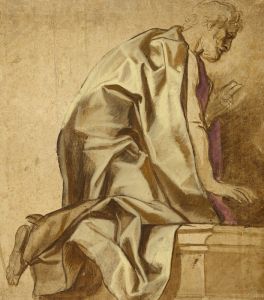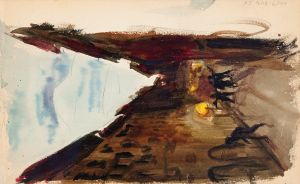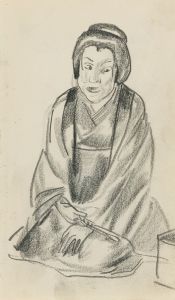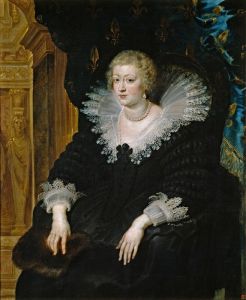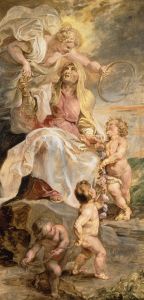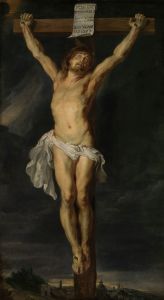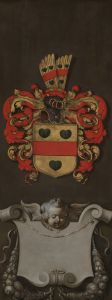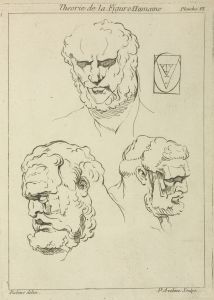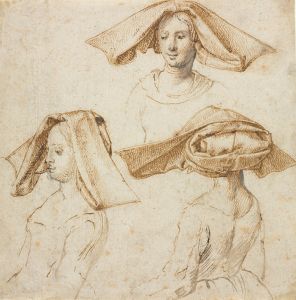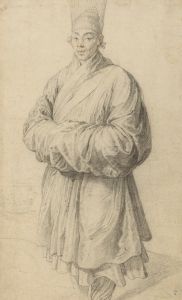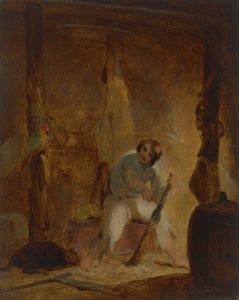
Two human female faces and two noses–one human, animal
A hand-painted replica of Peter Paul Rubens’s masterpiece Two human female faces and two noses–one human, animal, meticulously crafted by professional artists to capture the true essence of the original. Each piece is created with museum-quality canvas and rare mineral pigments, carefully painted by experienced artists with delicate brushstrokes and rich, layered colors to perfectly recreate the texture of the original artwork. Unlike machine-printed reproductions, this hand-painted version brings the painting to life, infused with the artist’s emotions and skill in every stroke. Whether for personal collection or home decoration, it instantly elevates the artistic atmosphere of any space.
Peter Paul Rubens, a prominent Flemish artist of the Baroque era, is renowned for his vibrant and dynamic compositions that often depict historical, religious, and mythological subjects. However, his oeuvre also includes a variety of studies and sketches that reveal his keen interest in human anatomy and expression. One such work is "Two Human Female Faces and Two Noses–One Human, Animal," which showcases Rubens' skill in capturing the subtleties of facial features and expressions.
This particular piece is a study rather than a finished painting, reflecting Rubens' process of exploring and understanding the human form. The artwork consists of two detailed renderings of female faces, alongside two noses—one human and one animal. This combination highlights Rubens' methodical approach to studying different aspects of anatomy, as well as his interest in the comparative anatomy between humans and animals. Such studies were common among artists of the time, who often sought to understand the underlying structures that contribute to expression and form.
Rubens' work is characterized by its fluidity and expressiveness, and this study is no exception. The faces are rendered with a sensitivity to light and shadow, capturing the nuances of expression and the individuality of each subject. The inclusion of an animal nose alongside human features may suggest an exploration of the similarities and differences in anatomical structures across species, a topic of interest during the Renaissance and Baroque periods when artists and scientists alike were delving into the study of anatomy.
The medium of this study is likely chalk or ink on paper, typical of Rubens' preparatory works. These studies were essential to his creative process, allowing him to experiment with composition, form, and detail before committing to larger, more complex works. Rubens' sketches and studies are highly valued for their insight into his artistic process and his ability to convey emotion and movement with minimal means.
Rubens was not only an artist but also a diplomat and scholar, which influenced his art. His exposure to various cultures and intellectual currents of his time enriched his understanding and depiction of the human condition. This study, while simple in its subject matter, reflects the broader context of Rubens' work, where art serves as a bridge between observation and expression.
In summary, "Two Human Female Faces and Two Noses–One Human, Animal" is a testament to Peter Paul Rubens' mastery of anatomy and expression. It exemplifies his approach to art as a discipline that combines observation, study, and creativity. While not as widely recognized as his larger compositions, this study provides valuable insight into the foundational skills and interests that underpin Rubens' celebrated body of work.





